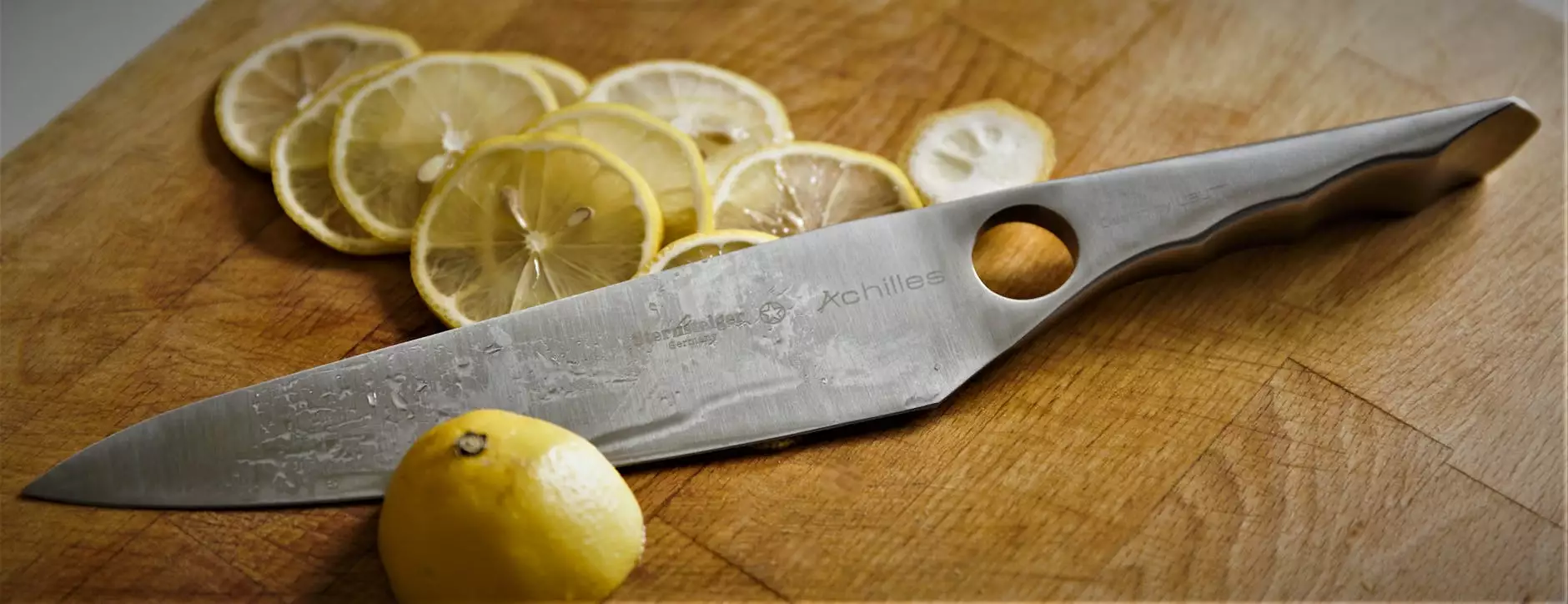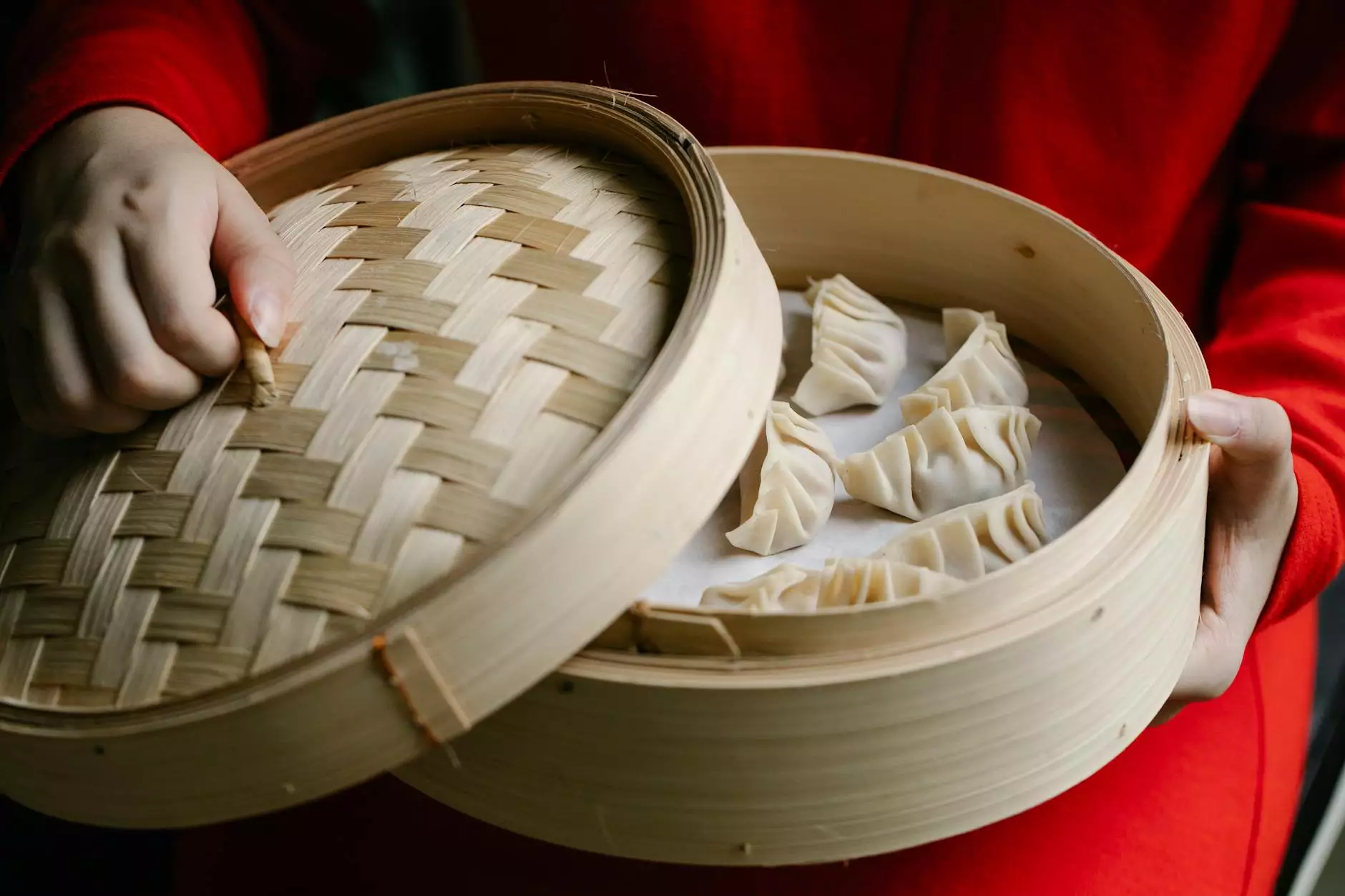Understanding and Managing Achilles Tendon Health

The Achilles tendon, a critical component of the human body, connects the calf muscles to the heel bone. This robust tendon plays a significant role in walking, running, and jumping, making it indispensable for athletes and active individuals. However, like any other body part, the Achilles tendon is susceptible to injuries and conditions that can affect overall health and performance. This article provides an in-depth exploration of the anatomy, common injuries, treatment options, and preventive strategies related to the Achilles tendon.
The Anatomy of the Achilles Tendon
The Achilles tendon, also known as the calcaneal tendon, is the largest tendon in the human body. It is formed by the joining of the gastrocnemius and soleus muscles in the calf. This tendon facilitates pivotal movements, enabling you to push off effectively during physical activities. Here are some key facts about its structure:
- Location: The Achilles tendon is located at the back of the ankle.
- Components: It primarily consists of collagen fibers that provide strength and resilience.
- Function: Vital for activities such as running, dancing, and climbing.
Common Injuries to the Achilles Tendon
The Achilles tendon is prone to a variety of injuries, particularly among athletes who engage in high-impact activities. Some of the most common conditions include:
1. Achilles Tendinopathy
This condition refers to the degeneration of the tendon due to overuse. Symptoms include pain and stiffness along the tendon, particularly in the morning or post-activity.
2. Achilles Tendon Rupture
A complete tear of the Achilles tendon often results from sudden, forceful activity. It is characterized by a sharp pain in the back of the ankle and often requires surgical intervention.
3. Achilles Tendinitis
This is the inflammation of the Achilles tendon, usually resulting from excessive strain. It manifests as swelling, tenderness, and a restricted range of motion.
Diagnostic Approaches for Achilles Tendon Injuries
Proper diagnosis is crucial in managing Achilles tendon injuries effectively. Common diagnostic methods include:
- Physical Examination: A thorough assessment by a healthcare professional to evaluate pain levels and mobility.
- Imaging Tests: Ultrasound and MRI scans can help visualize tendon integrity and identify the extent of damage.
Treatment Options for Achilles Tendon Injuries
Once a diagnosis is made, a tailored treatment plan can be formulated. Treatment options may include:
1. Conservative Management
For conditions like tendinopathy and mild tendinitis, conservative approaches are often effective. These may include:
- Rest: Allowing the tendon to heal by minimizing activities that cause strain.
- Icing: Applying ice to reduce swelling and alleviate pain.
- Compression and Elevation: Using compression bandages and elevating the foot to decrease inflammation.
2. Physical Therapy
The expertise of a physical therapist is invaluable in recovering from Achilles tendon injuries. Physical therapy may involve:
- Strengthening Exercises: Targeted exercises to enhance the strength and flexibility of the calf muscles and tendon.
- Stretching Routines: Daily stretches to improve range of motion and reduce stiffness.
- Manual Therapy: Techniques that involve hands-on manipulation to relieve discomfort and improve function.
3. Surgical Interventions
In severe cases, such as complete tendon ruptures, surgery may be required. Surgical options can involve:
- Tendon Repair: Reattaching the torn ends of the tendon.
- Debridement: Removing degenerated tissue to promote healing.
Rehabilitation After Achilles Tendon Injury
The rehabilitation process is critical for returning to full functionality. It typically includes:
- Initial Phase: Focus on reducing pain and swelling, often through rest and physical therapy exercises.
- Progressive Loading: Gradologically increasing stress on the tendon as healing progresses.
- Return to Sport: Functional training that incorporates sport-specific drills to ensure readiness for activities.
Preventing Achilles Tendon Injuries
Preventive measures can significantly reduce the risk of Achilles tendon injuries. Consider these strategies:
- Proper Footwear: Ensure shoes provide adequate support and cushioning.
- Warm-Up Exercises: Incorporate dynamic stretching and warm-up routines before engaging in sports activities.
- Gradual Training Increases: Avoid sudden increases in training intensity or volume.
- Cross-Training: Engage in various forms of exercise to avoid overuse of the Achilles tendon.
The Role of Nutrition in Achilles Tendon Health
Nutrition significantly impacts tendon health and recovery. Key nutrients include:
- Protein: Essential for muscle repair and regeneration. Incorporate lean meats, eggs, and legumes.
- Omega-3 Fatty Acids: Promote anti-inflammatory responses. Sources include fish, walnuts, and flaxseeds.
- Vitamins C and D: Vital for collagen synthesis and overall tendon health. Fruits, vegetables, and exposure to sunlight can help meet these needs.
When to Seek Professional Help
Recognizing when to consult a healthcare professional is important. If you experience:
- Severe Pain: Difficulty in walking or bearing weight.
- Swelling and Inflammation: Persistent swelling that does not improve with home care.
- Limited Mobility: Inability to move the ankle or foot normally.
Don't hesitate to contact professionals at Hello Physio for expert guidance in managing your Achilles tendon health.
Conclusion
The health of your Achilles tendon is vital for maintaining an active lifestyle. Understanding the risks, recognizing the signs of injury, and seeking timely intervention can make all the difference. With the right treatment and preventive measures, you can ensure your Achilles tendon remains strong, allowing you to continue enjoying the activities you love.
Regular check-ups with healthcare professionals, such as those at Hello Physio, can enhance your understanding and management of tendon health. With proper care, you can keep your Achilles tendon in excellent condition and reduce the risk of injuries.









